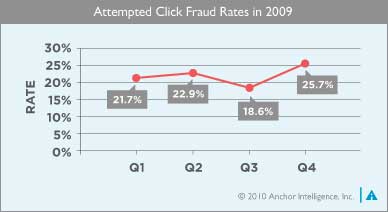After a long debate, the New York Times has officially settled on an online pay model and and implementation timeline. The meter system will be introduced at the beginning of next year.
The model will allow users to access a certain number of articles free each month. After the set viewing threshold, users will be required to pay. Print subscribers will have free access online. Says the Times:
This will enable NYTimes.com to create a second revenue stream and preserve its robust advertising business. It will also provide the necessary flexibility to keep an appropriate ratio between free and paid content and stay connected to a search-driven Web.
Arthur Sulzberger, Jr., chairman and publisher of the New York Times, said, “Our audiences are very loyal and we believe that our readers will pay for our award-winning digital content and services.” According to Nielsen Online, the Times is the #1 newspaper site in the world, so they may just have enough support to do this.
Romenesko also has posted a memo to the Times staff on the upcoming change (via). In the memo, Sulzberger acknowledges that this move will be lauded by some and criticized by others, just as the management debated it. Ultimately, he says, this move will be judged by its implementation, which is why they’re giving themselves so long to run up to the process. In the meantime, they will also work on improving the site, its users’ experience and its stickiness.
Sulzberger explains their reasoning behind this pay model choice, echoing some of the press release wording:
We also selected the metered model because it offers a number of important virtues from a financial and growth perspective. It allows NYTimes.com to remain a vibrant part of the search-driven Web, which has proven to be an integral reason for why we have become an industry leader in display advertising. This flexibility enables us to create a proper ratio between free and paid content and to aggressively build on our very successful digital advertising business.
He also says the Times will not join a consortium.
I’m glad they’ll keep some of their content free—I’m hoping that such features as their blogs will remain free without counting toward the article limit. The Times is a valuable, venerated resource.
But personally, I won’t be paying for a subscription, or using the site enough to incur use fees the vast majority of the time. Will you?










 "Mobile internet access is an important way Americans are staying informed.
"Mobile internet access is an important way Americans are staying informed.  BusinessWeek’s
BusinessWeek’s 





